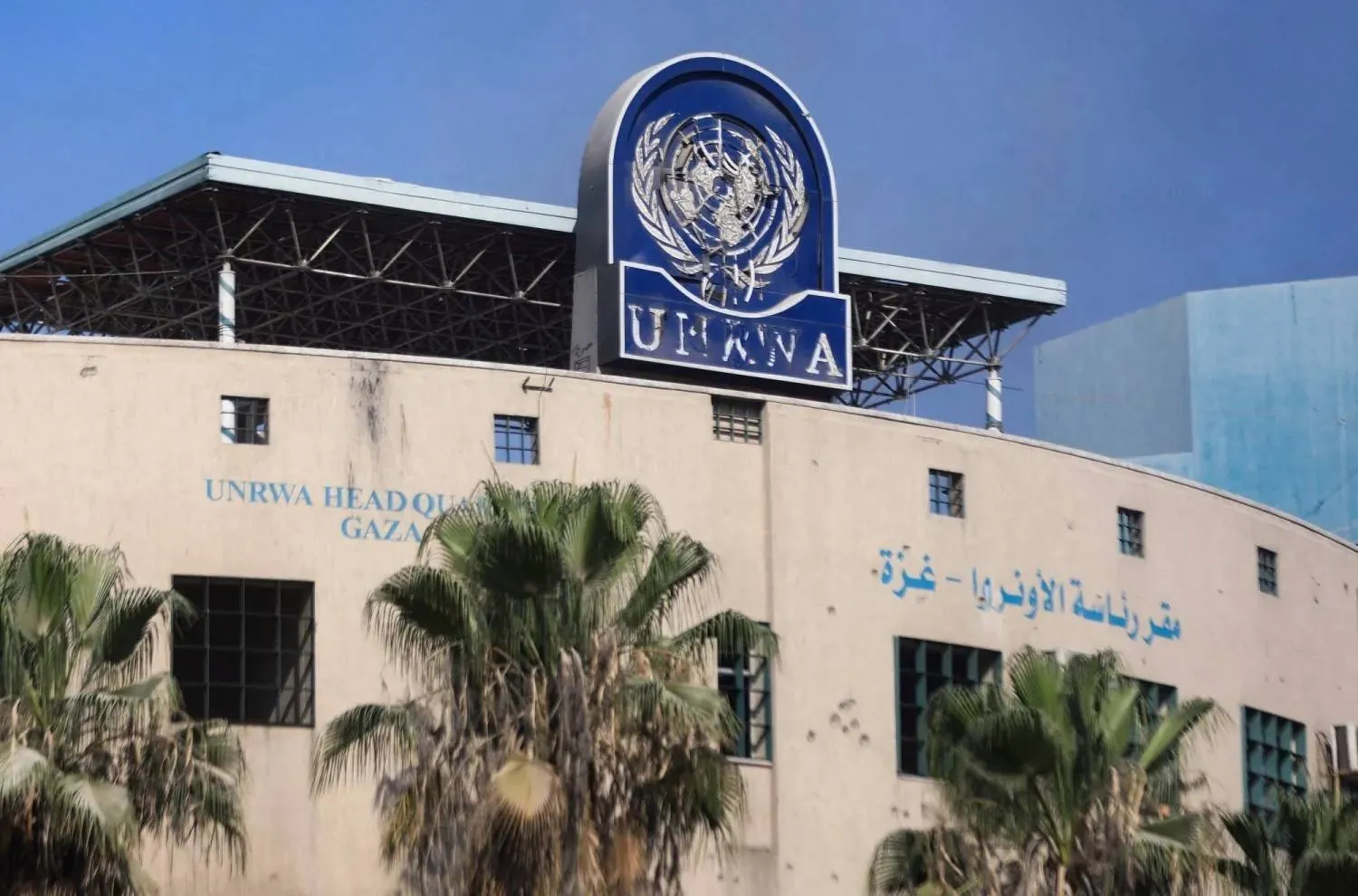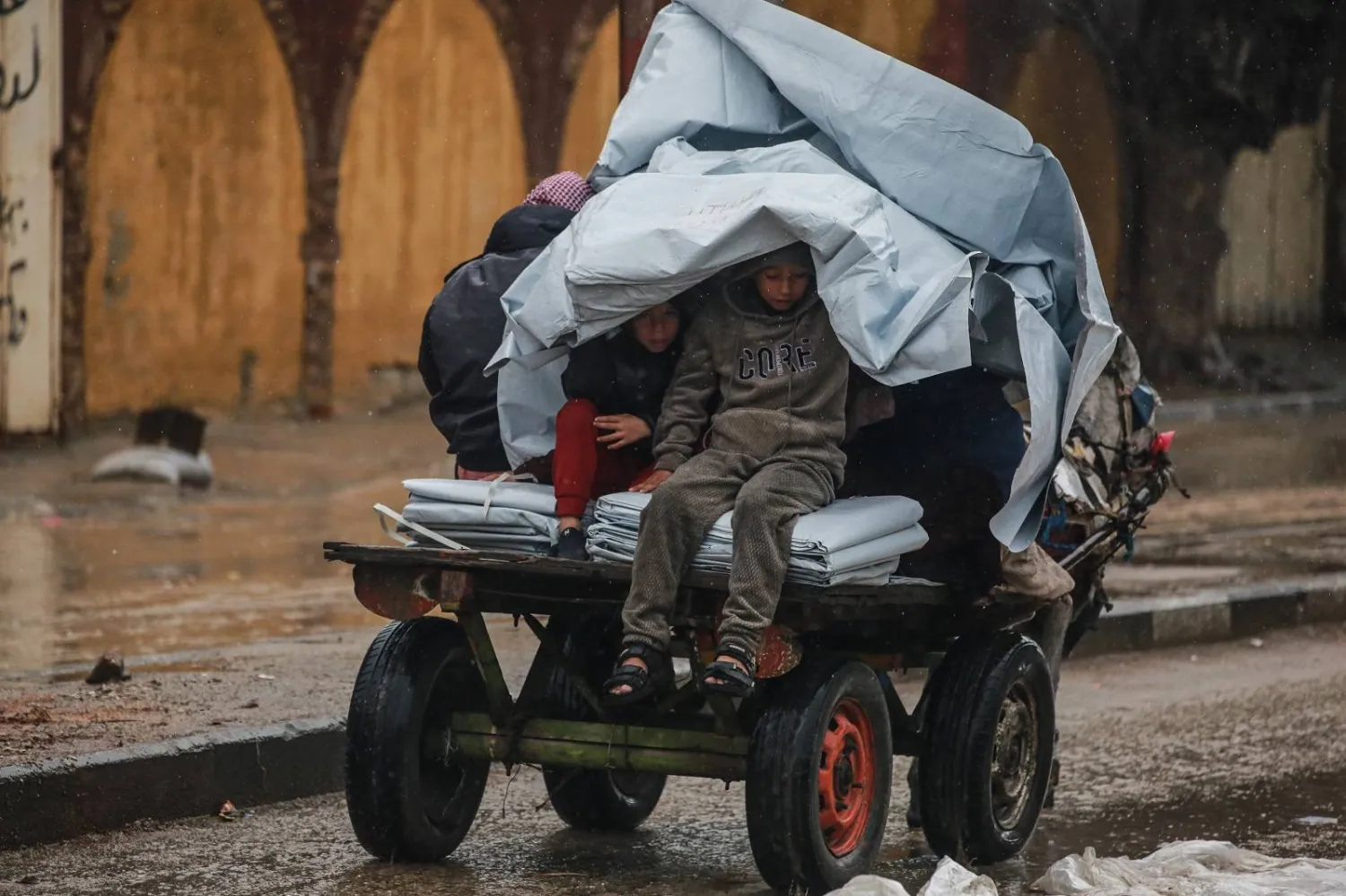Fighting in Sudan eased on Tuesday and more foreigners and locals fled the capital Khartoum, where marauding combatants created what a UN agency said was a "high risk of biological hazard" by seizing a laboratory.
The World Health Organization (WHO) said one of the warring parties had taken control of a national health facility that stores measles and cholera pathogens for vaccinations, and ejected the technicians.
It gave few details and did not say which of the two sides - the army or the paramilitary Rapid Support Forces (RSF) - had captured the lab, which also contains a major blood bank.
An exodus of embassies and aid workers from Africa's third largest country has raised fears that civilians who remain will be in greater danger if an alternative to hostilities is not found before a shaky three-day truce ends on Thursday.
The clashes have paralyzed hospitals and other essential services, and left many people stranded in their homes with dwindling supplies of food and water. The WHO has reported 14 attacks on health facilities and is relocating staff to safety.
Yassir Arman, a leading figure in a civilian political coalition, the Forces for Freedom and Change (FFC), urged humanitarian groups and the international community to help restore water and electricity, and send generators to hospitals.
"There are bodies scattered in streets and sick people who cannot find medicine, no water nor electricity. People should be allowed to bury their dead during the ceasefire," he said.
The UN humanitarian office (OCHA) said shortages of food, water, medicines and fuel were becoming "extremely acute", with prices for basic goods including bottled water rocketing, and it had been forced to cut back operations for safety reasons.
The UN refugee agency forecast that hundreds of thousands of people might flee into neighboring countries.
‘Why is the world abandoning us?’
As foreign governments evacuated their nationals, those with nowhere to go said they felt forsaken. They fear fewer international observers may mean worse bloodshed to come - and less respect for civilians.
"Why is the world abandoning us at a time of war?" said Sumaya Yassin, 27, accusing foreign powers of being selfish.
"Sudanese people are afraid that there might be unethical practices in the war against civilians and using civilians as human shields," said a Khartoum man who gave his name as Ahmed.
"These are our fears after the evacuation of expatriates," he said with a nod to Sudan's long history of bloody civil wars.
Since fighting erupted on April 15, tens of thousands have left for neighboring Chad, Egypt, Ethiopia and South Sudan, despite the uncertainty of conditions there.
With civilians leaving Khartoum in cars and buses, the streets of one of Africa's biggest metropolitan areas were largely emptied of ordinary daily life, with those still in the city huddling at home while fighters roamed outside.
"The situation has become very dangerous, including in areas not under bombardment," French journalist Augustine Passilly, who has worked in Sudan since 2020, said down a poor telephone line as she tried to cross the border into Egypt.
"There is nothing left in stores, no water, no food. People have started to go out armed, with axes, with sticks."
Hundreds dead
The fighting has turned residential areas into battlefields. Air strikes and artillery shells have killed at least 459 people, wounded over 4,000, destroyed hospitals and limited food distribution in a nation already reliant on aid for a third of its 46 million people.
In a country flanking the Red Sea, Horn of Africa and Sahel regions, the violence risks a "catastrophic conflagration", UN Secretary-General Antonio Guterres said on Monday.
Foreign countries have airlifted embassy staff out after several attacks on diplomats, including the killing of an Egyptian attaché shot on his way to work.
Britain launched a large-scale evacuation of its nationals on military flights from an airfield north of Khartoum. France and Germany said they had each evacuated more than 500 people of various nationalities, and that a French commando had been hit by crossfire during the operation.
Many Sudanese families used the relative lull as a chance to search for transport to get to places out of harm's way.
"Maybe the hardest moment is thinking about leaving the country," said Intisar Mohammed El Haj, a resident of Khartoum whose children had hidden under beds from the sound of explosions before the family fled to Egypt.
Another resident reported that a bus fare to Egypt had jumped six-fold, to $340.
Lab technicians out
Speaking to reporters in Geneva via video link from Sudan, the WHO's Nima Saeed Abid said gunmen had thrown technicians out of the National Public Health Laboratory.
"And there is high risk of biological hazards because in that lab we have already isolates, we have measles isolates as well as cholera isolates," he said.
The RSF accused the army of exploiting the truce deal - one of several that have quickly unraveled - by intensifying movements of fighters and supplies of ammunition for further attacks.
Pillaging of homes in abandoned neighborhoods was increasing and the RSF said it had ordered unit commanders to "put an end to recklessness and looting".
A Reuters witness heard sporadic gunfire on Tuesday morning in the city of Omdurman, adjacent to the capital. Explosions were also reported in Bahri, across the Nile.
The Sudan Armed Forces (SAF) said the US and Saudi Arabia had brokered the latest ceasefire.









